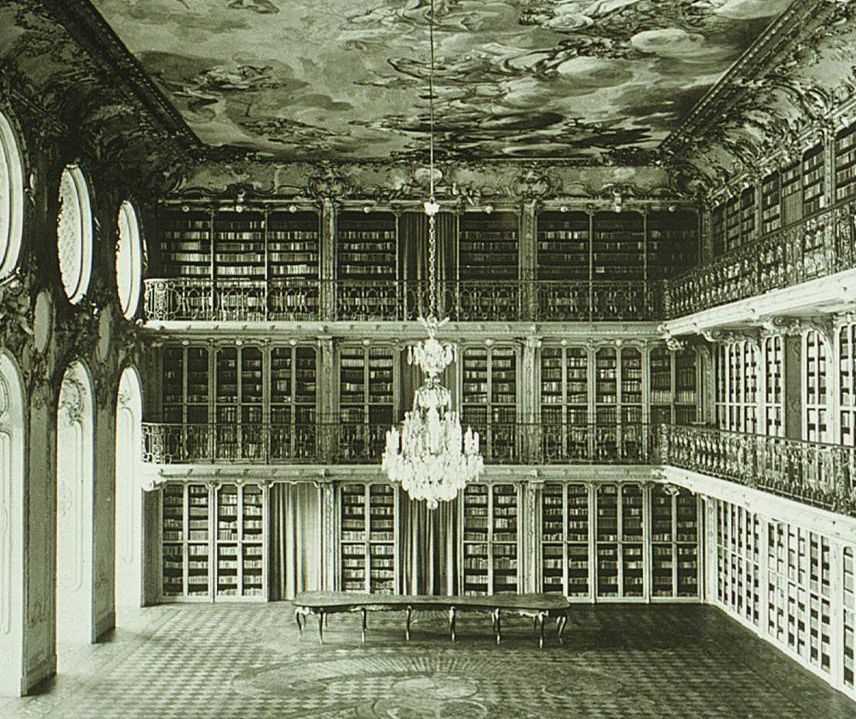A Toast to Art and ScienceCarl Theodor's Creations
The Elector founded the Frankenthal Porcelain Manufactory, the Academy of Sciences, the Academy of Drawing and the Gallery of Antiquities. In Mannheim, he owned paintings, copperplate engravings, a natural history cabinet and a court library. Pieces from these collections can be seen again in the palace today.



![[Translate to Englisch:] Foto: Staatliche Schlösser und Gärten Baden-Württemberg, Andrea Rachele [Translate to Englisch:] Kurfürstliches Schloss Mannheim, Kupferstich von 1782, gestochen von den Brüdern Klauber](/fileadmin/Bilder/26_mannheim/26_mannheim_detail_historische_ansicht_lmz332651_foto-ssg-andrea-rachele_928.jpg)



